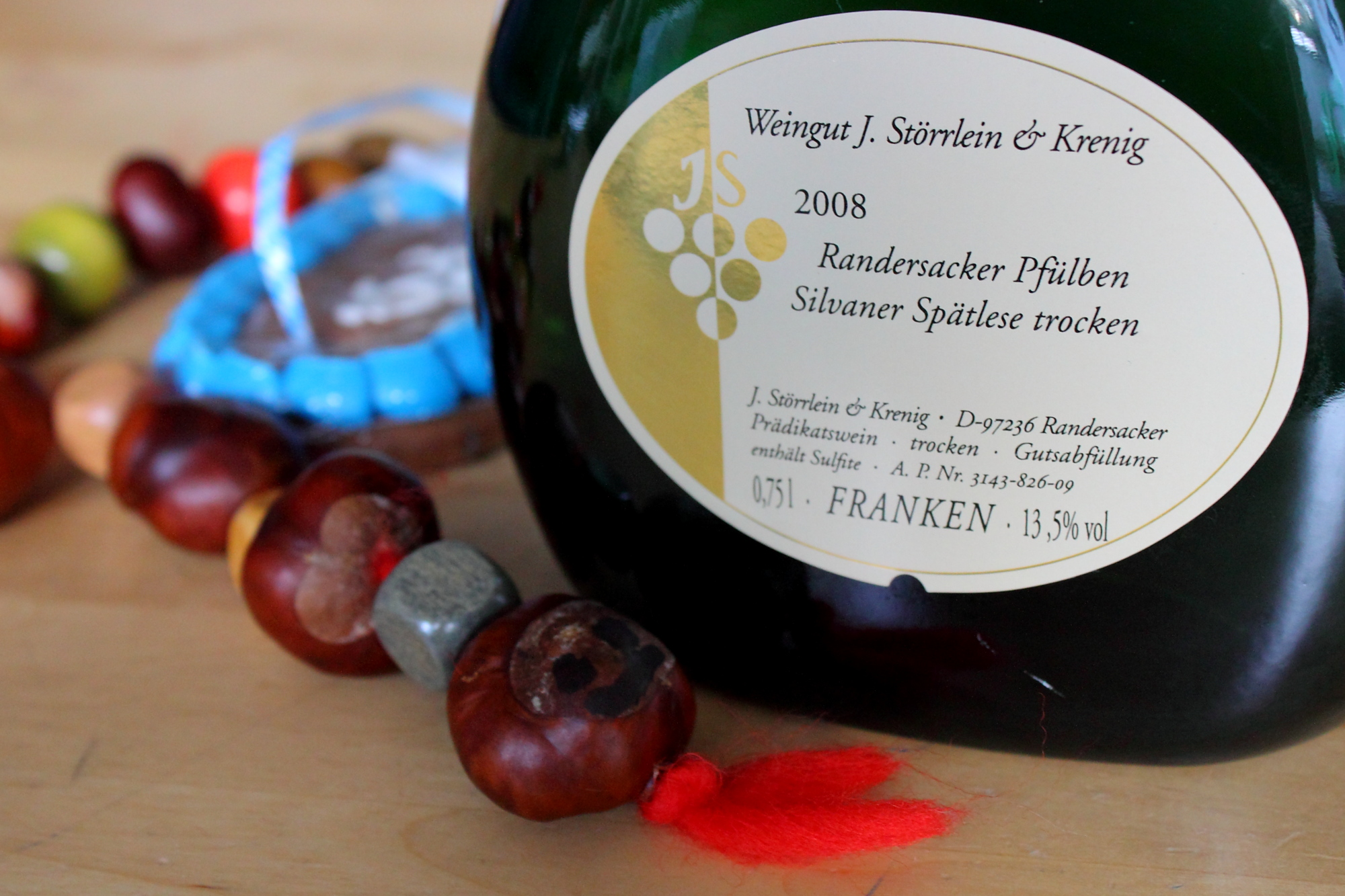Kellerei Kurtatsch/Cortaggio, Weißburgunder Hofstatt, 2012
Is it too early to say that Italy, once haughtily ignored, is making a comeback on the Wine Rambler? In November, Torsten has had his eyes opened by a white from Trentino, and I, for my part, am more and more impressed with its northern neighbour, Alto Adige.
Now that everybody seems to concur that 2012 was over the roof on the banks of the Adige and the Isarco rivers, I have looked closer on reports of the last few vintages, and would you believe it, this has been going on for some time: Excellent on international varietals like Chardonnay, Pinot Blanc and Sauvignon Blanc, excellent on local growths like the reds Lagrein and Vernatsch.

So I've woken up to it: The Alto Adige has been stealthily creeping up on us. We can't have that, of course. So at the risk of blurring our core germanic focus, I will from time to time over the coming year report on what I have stocked up on.

 I already knew its story: 2006 had been so poor a vintage in Baden that Hans-Peter Ziereisen, quality-obsessed ruddy-cheeked devil that he is, did not want to bottle either his usual top-of-the-range Pinot Noir nor his varietal Syrah. His solution: Mix the Syrah with Pinot Noir to make a mid-range cuvée that would be interesting, but no more than it claimed to be.
I already knew its story: 2006 had been so poor a vintage in Baden that Hans-Peter Ziereisen, quality-obsessed ruddy-cheeked devil that he is, did not want to bottle either his usual top-of-the-range Pinot Noir nor his varietal Syrah. His solution: Mix the Syrah with Pinot Noir to make a mid-range cuvée that would be interesting, but no more than it claimed to be.






